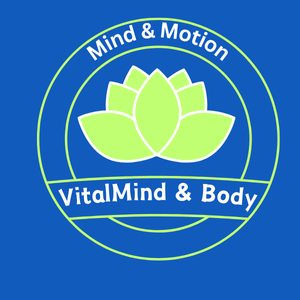
Mindfulness & Meditation
Key Takeaways
- Mindfulness involves being fully present and engaged in the moment.
- Meditation is a practice that enhances mindfulness through focused attention.
- Both practices can contribute to overall well-being and stress reduction.
- Various techniques and resources are available to get started.
Mindfulness and meditation are becoming increasingly popular as people search for ways to reduce stress and enhance their overall well-being. In this comprehensive guide, we will explore various practices, techniques, and resources that can help you cultivate mindfulness in your everyday life and get started on your meditation journey.
What is mindfulness?
Mindfulness is the practice of being aware and present in your current experience. It involves observing your thoughts, feelings, and bodily sensations without judgment. This awareness helps to foster a deeper understanding of your own mind, which can lead to improved emotional regulation and resilience.

Benefits of mindfulness
| Benefit | Description |
|---|---|
| Stress Reduction | Practicing mindfulness can help reduce stress levels by promoting relaxation. |
| Improved Focus | Mindfulness enhances attention and concentration, allowing for better performance in tasks. |
| Emotional Well-being | Regular practice can lead to greater emotional resilience and a positive outlook on life. |
| Enhanced Relationships | Being present can improve your communication and empathy in your relationships. |
What is meditation?
Meditation is a technique that often involves focusing your mind on a particular object, thought, or activity to train attention and awareness. It can help achieve a mentally clear and emotionally calm state.
Types of meditation
- Mindfulness meditation
- Transcendental meditation
- Guided meditation
- Loving-kindness meditation
- Body scan meditation
Getting started with meditation
- Find a quiet space where you won't be disturbed.
- Choose a comfortable position, whether sitting or lying down.
- Focus on your breath, counting each inhale and exhale.
- Redirect your focus gently if your mind wanders.
- Start with just a few minutes and gradually increase the time.
Resources for mindfulness and meditation
There are numerous resources available to help you begin your mindfulness and meditation journey:
- Apps: Explore popular mindfulness and meditation apps for guided sessions and tools.
- Books: Read books on mindfulness and meditation to deepen your understanding.
- Online Courses: Take online courses that teach various meditation techniques and mindfulness practices.
- Community Groups: Join local or online groups to share experiences and stay motivated.
Tips for beginners
- Practice regularly, even if it's just a few minutes each day.
- Be patient with yourself; mindfulness takes time to develop.
- Experiment with different techniques to find what resonates with you.
- Keep a journal to track your progress and experiences.
- Stay open-minded and curious throughout your journey.
Conclusion
Incorporating mindfulness and meditation into your daily routine can be a transformative experience. By practicing mindfulness, you can bring greater awareness to your life, and through meditation, you can learn to center your thoughts and emotions. Start small, explore various resources, and watch as these practices positively impact your life.
Pros
- Improves mental clarity and focus.
- Promotes relaxation and reduces stress.
- Enhances emotional resilience.
- Fosters a deeper connection with oneself.
- Can be practiced anywhere, at any time.
Cons
- May require consistent practice to see results.
- Some techniques can be challenging for beginners.
- Distractions can hinder the practice.
- Not everyone may resonate with meditation methods.
- Time commitment might be a barrier for some.
Further exploration
For those interested in diving deeper into related topics, check out our sections on:








